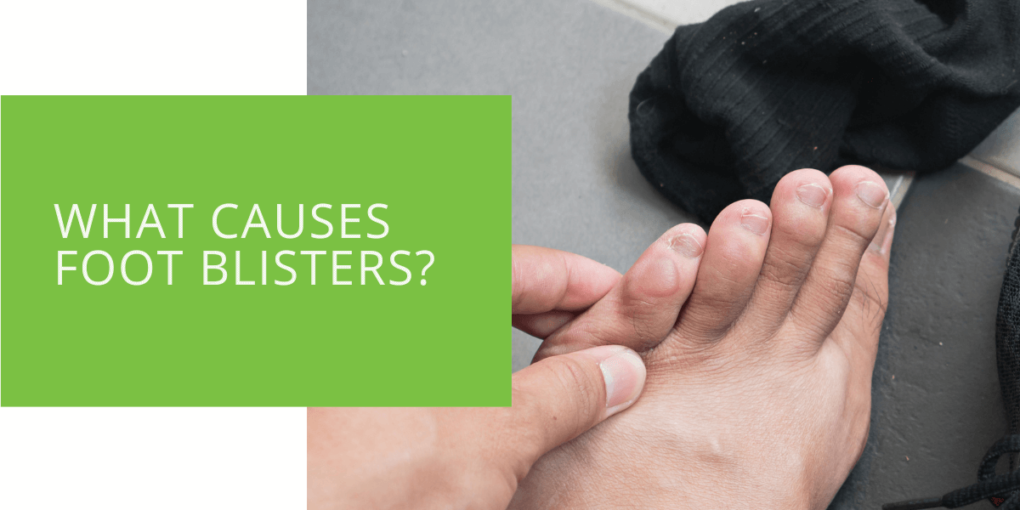What Causes Foot Blisters?
Foot blisters are a common and painful problem that can develop when the skin is damaged by friction, heat, moisture, or other factors. In this article, we'll look closer at the causes of foot blisters, how to prevent and treat them, and when to seek medical attention.
What are Foot Blisters?
Definition of Foot Blisters
A blister is a small pocket of fluid that forms under the upper layers of the skin. Various factors, including friction, heat, moisture, and chemical or allergic reactions, can cause blisters.
Types of Foot Blisters
There are two main types of blisters: friction blisters and blister dermatitis. Friction blisters are caused by repeated rubbing or friction against the skin, while an allergic reaction or irritation causes blister dermatitis to chemicals, materials, or other substances.
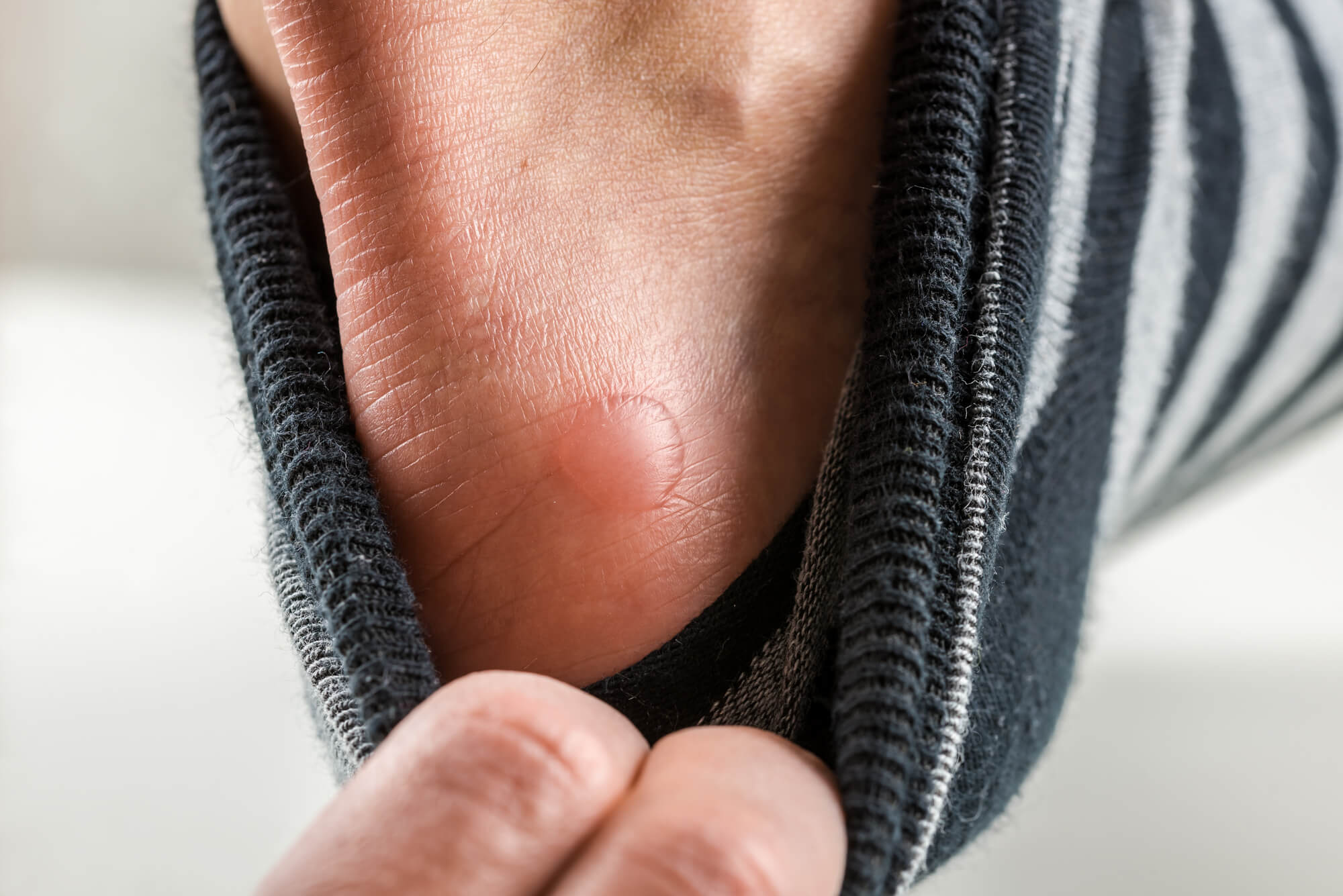
Causes of Foot Blisters
Friction
Friction is the most common cause of blisters. When the skin is rubbed or irritated, it can cause the upper layers of skin to separate from the lower layers, creating a small pocket of fluid. Friction can be caused by ill-fitting shoes, socks, or clothing, as well as repetitive activities such as running, hiking, or dancing.
Heat
Heat can also cause blisters by damaging the skin and causing the upper layers to separate from the lower layers. This can happen when the skin is exposed to direct heat, such as sunburn or a hot object, or indirect heat, such as in a hot and humid environment.
Moisture
Moisture can soften the skin and make it more friction-resistant, leading to blisters. This is particularly common in people who sweat heavily or spend much time in wet or damp environments.
Allergic Reactions
Allergic reactions to chemicals, materials, or other substances can cause blisters, particularly blister dermatitis. Contact dermatitis, eczema, and insect bites can all cause redness, swelling, and blistering.
Medical Conditions
Certain medical conditions, such as diabetes and peripheral artery disease, can also increase the risk of blisters. These conditions can cause decreased blood flow to the feet, making the skin more susceptible to damage and slower to heal.
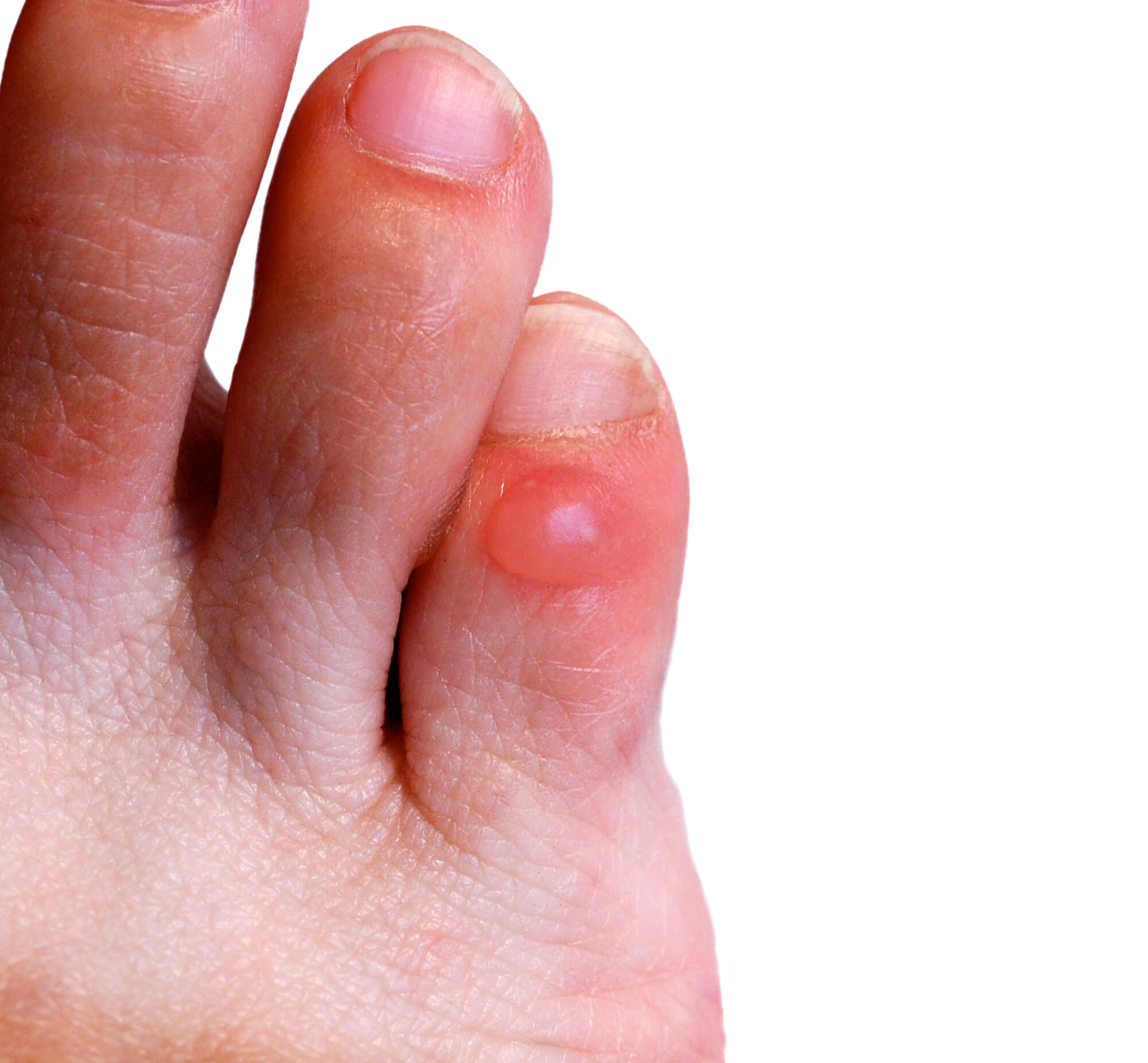
Risk Factors for Blisters on Feet
Athletes and Runners
Athletes and runners are particularly prone to blisters due to the repetitive motions and friction associated with these activities. They are also more likely to sweat heavily, which can soften the skin and increase the risk of friction.
Hikers and Backpackers
Hikers and backpackers are also at high risk for blisters due to long periods of walking and exposure to heat, moisture, and friction.
Military Personnel
Military personnel is at high risk for blisters due to their training demands and the equipment they use, such as heavy boots and backpacks.
People with Diabetes
People with diabetes are at increased risk for blisters due to decreased blood flow and foot sensation.
People with Peripheral Artery Disease
People with peripheral artery disease are also at increased risk for blisters due to decreased foot blood flow.
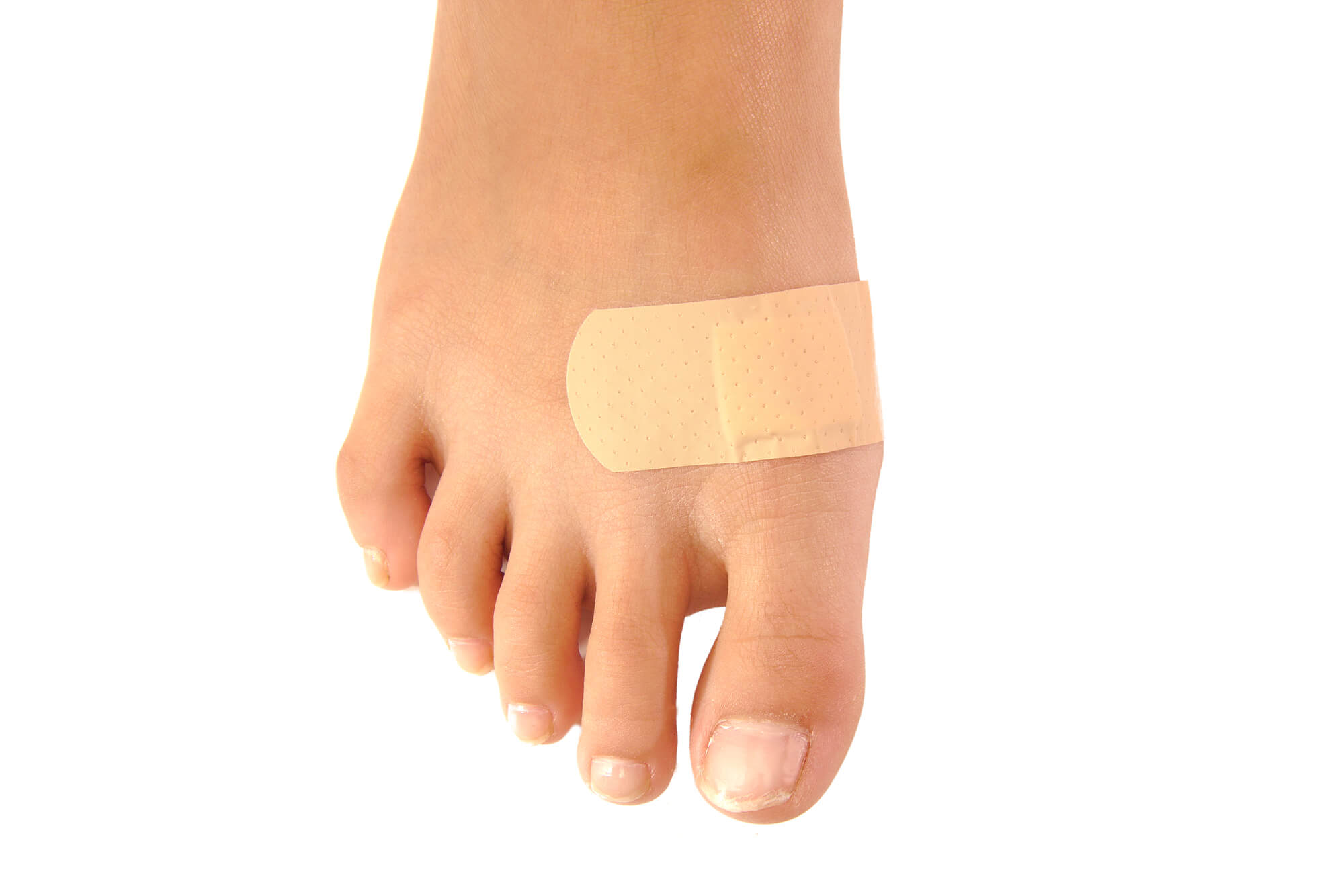
Prevention of Foot Blisters
Wear Properly Fitting Shoes
One of the best ways to prevent foot blisters is to wear properly fitting shoes that provide good support and cushioning. Shoes that are too tight or too loose can cause friction and pressure points that can lead to blisters.
Wear Moisture-Wicking Socks
Wearing moisture-wicking socks can help keep your feet dry and prevent blisters caused by moisture. These socks are designed to wick moisture away from your skin, which can help prevent the skin from softening and becoming more susceptible to friction.
Use Protective Padding
Protective paddings like moleskin or blister pads can help reduce friction and protect the skin from further damage. These pads can be applied directly to the skin to cushion and protect the affected area.
Keep Feet Clean and Dry
Keeping your feet clean and dry can help prevent blisters caused by moisture and friction. After washing your feet, dry them thoroughly, paying particular attention to the areas between your toes.
Use Lubricants and Powders
Using lubricants and powders, such as petroleum jelly or talcum powder, can help reduce friction and prevent blisters. These products can be applied directly to the skin or the inside of your shoes.
Take Breaks During Exercise
If you engage in repetitive motions, such as running or hiking, take regular breaks to rest your feet and reduce the risk of blisters.
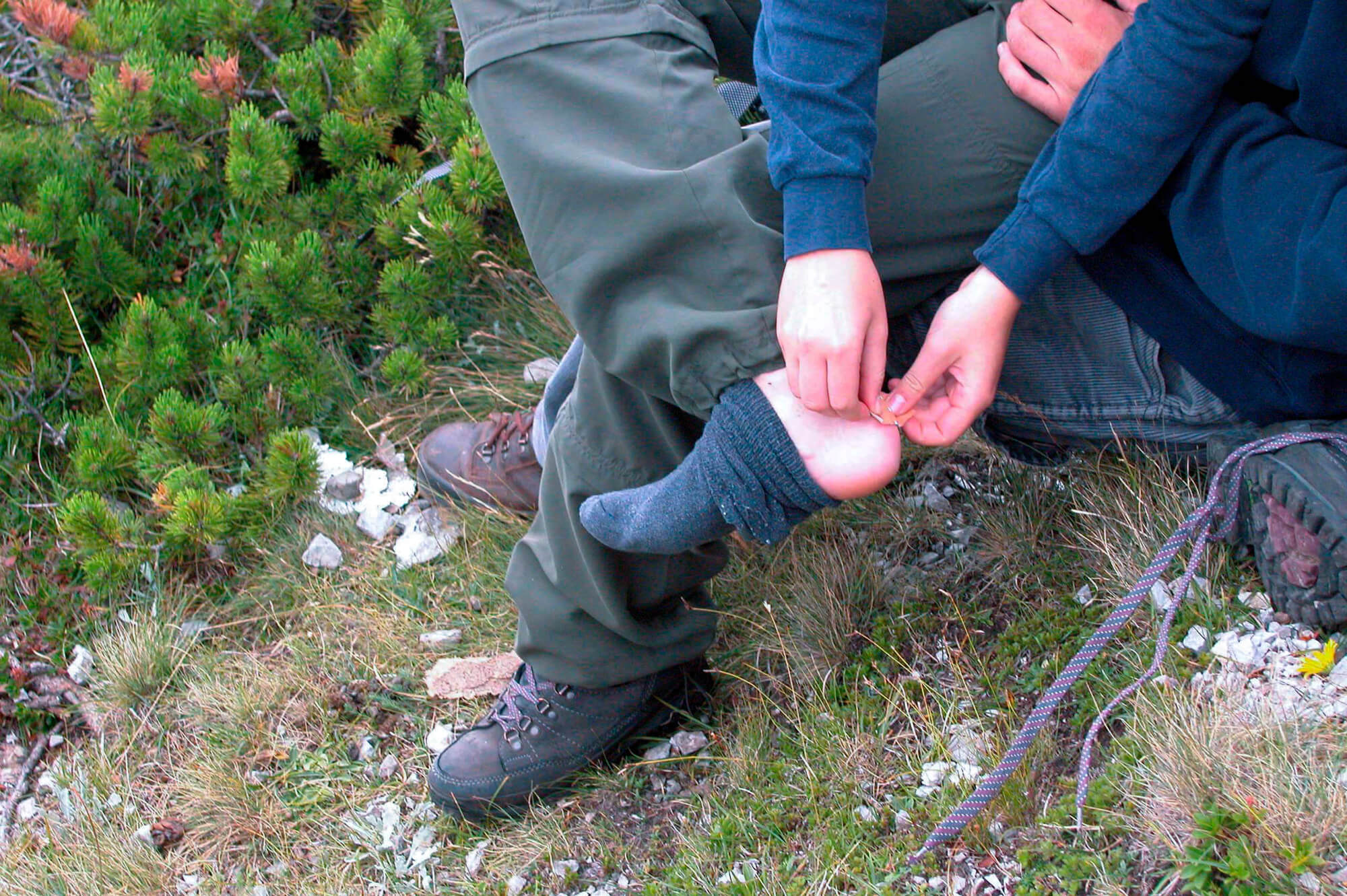
Treatment of Foot Blisters
Avoid Popping Blisters
While it may be tempting to pop a blister, this can make the problem worse. Popping a blister can lead to infection and slow the healing process.
Keep Blisters Clean and Dry
Keeping blisters clean and dry can help prevent infection and promote healing. If the blister does pop, clean the area with soap and water and then apply an antibiotic ointment.
Apply Antibiotic Ointment
An antibiotic ointment, such as Neosporin, can help prevent infection and promote healing. Apply the ointment to a clean, dry area and cover it with a bandage or blister pad.
Cover with a Bandage or Blister Pad
Covering the blister with a bandage or pad can help protect it from further damage and reduce friction. Be sure to regularly change the bandage or pad to keep the area clean and dry.
Use Pads and Cushions to Reduce Friction
Using pads and cushions, such as silicone or foam pads, can help reduce friction and cushion the affected area. These products can be purchased at most drugstores and applied directly to the skin or the inside of your shoes.

When to Seek Medical Attention
Signs of Infection
If the blister becomes infected, it may develop pus, redness, and swelling. If you notice any of these signs, it is important to seek medical attention.
Signs of Allergic Reaction
If you are allergic to a substance, such as a chemical or material, you may experience redness, swelling, and itching. If you notice any of these signs, it is important to seek medical attention.
Signs of Impaired Healing
If the blister does not heal or begins to grow larger, it may be a sign of an underlying medical condition. If you notice any of these signs, it is important to seek medical attention.
Conclusion
Foot blisters can be painful and uncomfortable, but they can often be prevented and treated properly. You can keep your feet healthy and pain-free by preventing blisters and treating them promptly if they occur. If you are concerned about blisters or have any questions or concerns, be sure to speak with a healthcare provider or a podiatrist.

